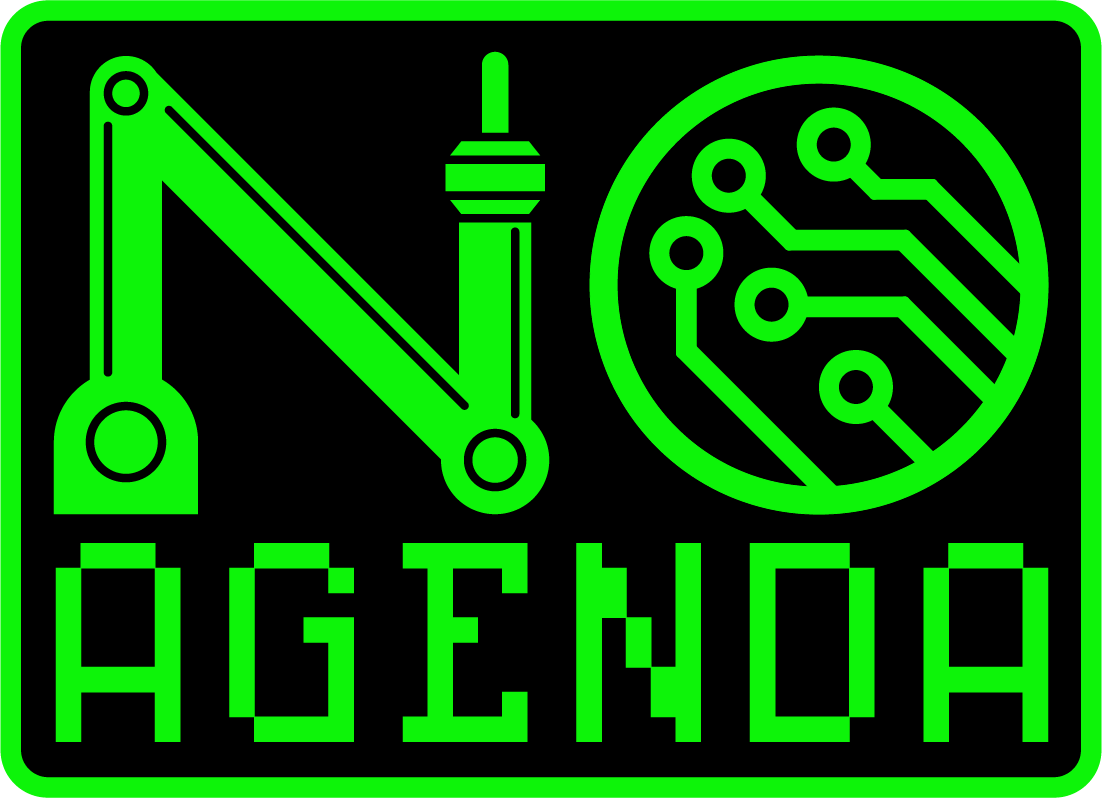| Last week we spoke about the value of delivering emotionally intelligent feedback—feedback that the recipient sees as helpful, not harmful. But what if we’re on the receiving end of feedback? What if that feedback is negative? Or, what if it’s, gasp: criticism??? Criticism. Just the thought might send chills down your spine. Why? Because criticism feels like an attack—and that attack causes a small almond-shaped part of your brain known as the amygdala to spring into action. In a sense, when you feel under attack the amygdala “hijacks” your brain and causes you to respond very emotionally. You might try to defend yourself or justify your actions, shift the blame, or attack back. (These are all variations of what you may have heard of as the “fight, flight, or freeze” response.) But you shouldn’t dismiss negative feedback just because of how it makes you feel, regardless of how poorly it’s delivered. Why not? Because negative feedback is information that can help you grow or improve. That’s especially true when the feedback is rooted in truth. But even if it’s not, it’s still valuable—because it gives you a window into how others see you. So how can you benefit from negative feedback? We can sum up the lesson in just seven words: Focus on the message. Not the delivery. When you focus on the message, and not on the delivery, you calm down your amygdala and use more of their brain (like the prefrontal cortex). This helps you analyze the feedback, reason on it, and make higher level decisions. This, of course, is extremely hard to do. To help with this, try to imagine the process of getting value from criticism to cutting and polishing diamonds. On the surface, critical feedback is like an ugly piece of rock—nobody wants it. (That’s especially true when the criticism is delivered poorly.) But if you train yourself to cut away the ugly exterior, extract the value inside, and then cut and polish, you can end up with a beautiful diamond—a powerful, useful lesson that benefits you. Whenever you receive negative feedback, try to answer these questions: Putting my personal feelings aside, what can I learn from this alternate perspective? How can I use this feedback to help me improve? The answers can now guide how you move forward—to try and improve a weakness, to clarify your communication, or to better understand others (for example). So, remember: While one approach is beneficial to deliver emotionally intelligent feedback, when you’re on the receiving end, you have to take a completely different approach: Focus on the message, not the delivery. If you do, you’ll shift your brain from its default mode and exercise control over your response. You’ll keep your emotions in check, and learn from other perspectives. And you’ll transform even poorly delivered criticism—from an ugly rock to a beautiful diamond. Talk soon, Justin |


Leave a Reply